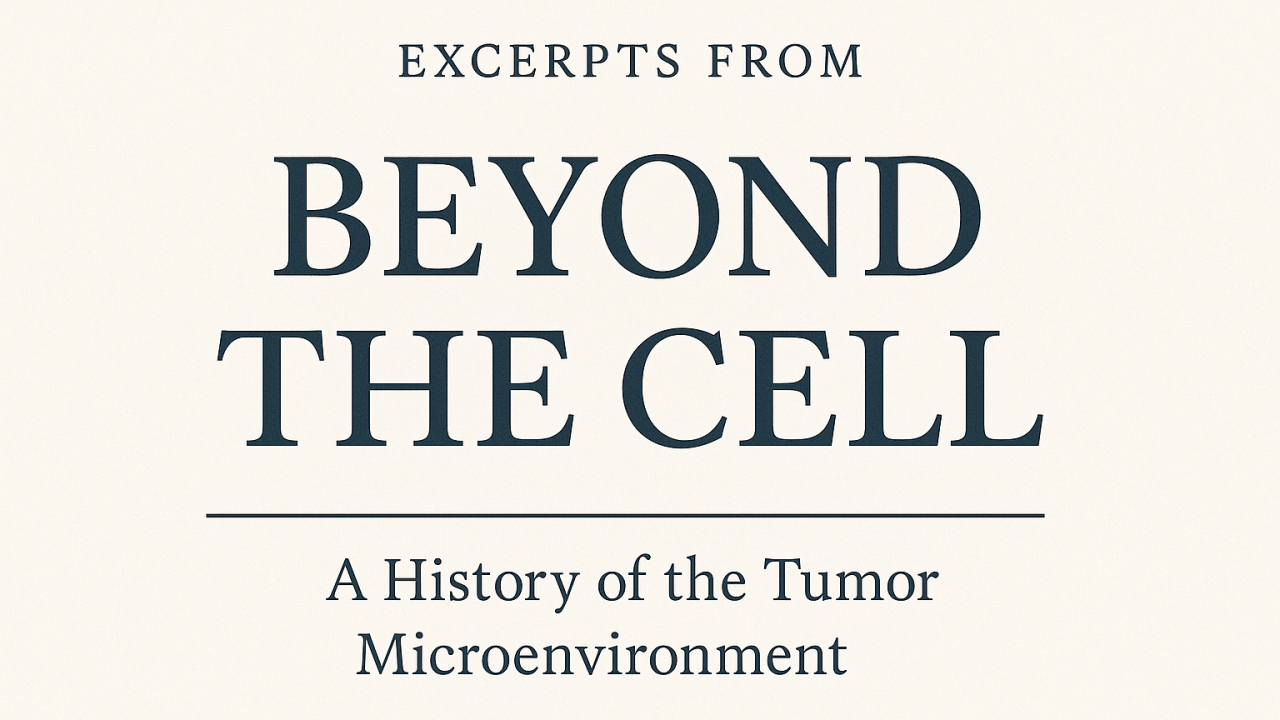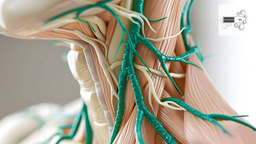Beyond the Cell | The Space Between
Published in Cancer and General & Internal Medicine

In the winter of 2003, as snow dusted the outskirts of Bethesda, Maryland, a small conference convened at the National Cancer Institute. The gathering was modest, the kind often overlooked by press and public alike—no major drug announcements, no headline-grabbing breakthroughs. Yet something shifted in that room, not with a shout, but with the quiet force of an idea whose time had finally come.
The first session opened with a slide—white text on a blue background, understated and unadorned. It read: “The Tumor Microenvironment.”
To most attendees, it might have looked like just another subheading. But to a handful of researchers in the room—immunologists, pathologists, biophysicists, even a few cell biologists—it felt like a reordering. The phrase wasn’t new. It had appeared before in grant applications, journal abstracts, and murmured conference sidebars. But this time it was central. First. Not a footnote. Not an afterthought.
For decades, cancer had been a cellular story. The villain was the mutated cell—a rebel with broken brakes and no regard for the body’s laws. From the discovery of oncogenes in the 1970s to the completion of the Human Genome Project in 2003, the dominant narrative had focused on the cell’s interior: its genes, its checkpoints, its molecular circuitry gone awry. Cancer was a problem of programming.
But what if it was also a problem of context?
In the margins of this genomic revolution, a different language had quietly persisted—one of stroma, of vasculature, of inflammation and fibrosis. A language that saw cancer not as a lone actor but as an ecological event. A disruption not just of one cell’s behavior, but of an entire neighborhood’s.
The 2003 meeting wasn’t designed to be historic. And yet, it marked a subtle but vital inflection point. The term “tumor microenvironment” wasn’t just spoken—it was acknowledged. It was granted its own seat at the table of cancer research. And that made all the difference.
Years later, researchers would look back at this period and identify it as the beginning of a broader conceptual shift. They would trace the lines forward—to studies showing how fibroblasts reprogram tumor fate, how immune cells can nurture or destroy malignancy, how blood vessels grow under the influence of chemical whispers from cancer cells. They would point to the explosion of research into extracellular matrices, hypoxia gradients, microbial colonization, and mechanical pressure.
But in that moment, it began with something simpler: recognition.
The body, after all, is not a petri dish. It is a complex and shifting landscape. Cells do not grow in isolation. They receive signals, respond to their neighbors, adapt to stress, repair damage—or, in the case of cancer, exploit the same mechanisms meant to protect the whole.
To understand cancer, one must move beyond the cell.
Follow the Topic
Ask the Editor – Inflammation, Metastasis, Cancer Microenvironment and Tumour Immunology
Got a question for the editor about inflammation, metastasis, or tumour immunology? Ask it here!
Continue reading announcement




Please sign in or register for FREE
If you are a registered user on Research Communities by Springer Nature, please sign in